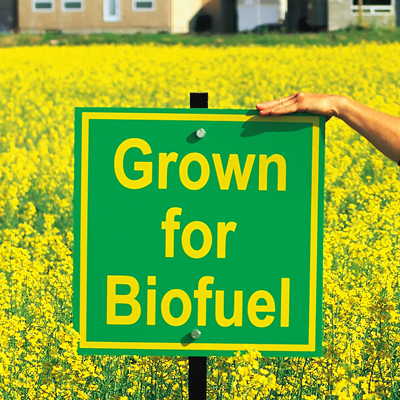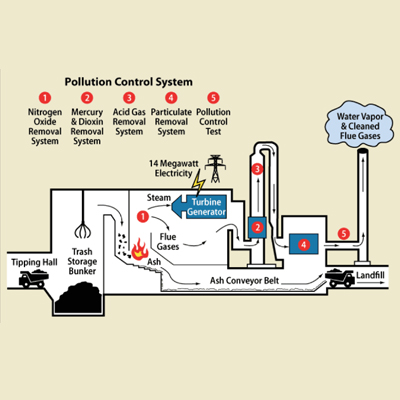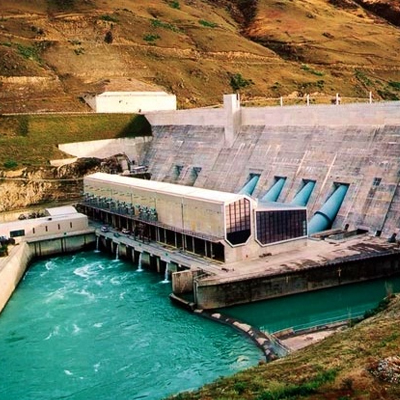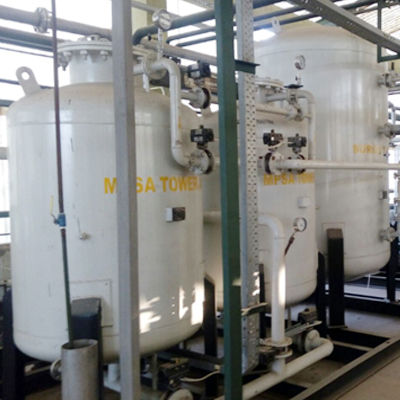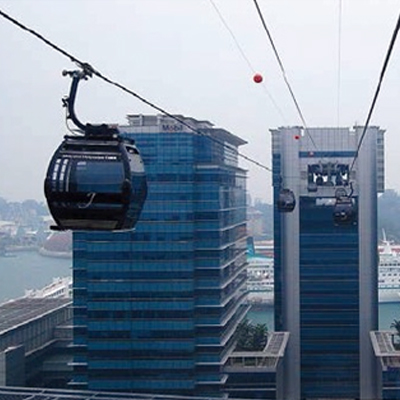Business
The JAP is Specialist Energy Company, which expresses its Business Interest in achieving Sustainable Solutions in Business Verticals:
- BioEnergy (Biofuels)
- BioEthanol
- BioCNG
- BioGas
- BioCO2
- Waste 2 Energy
- MSW
- Landfill remediation -transferring to energy
- Plastic & Rubber
- Green Power
- Biogas Power
- Hydro Power
- Hydrokinetics
- Archimedean screw
- Carbon neutral mobility
- Overhead Rapid Transport
- Air conditioned, Wi-Fi, Modern
- Auto-mobile Fuel
- Fuel Cell (Hydrogen)
- Eco+, People+
- Inner Engineering
Renewables
JAP main business focus is on the Renewable source of energy, in tune to company's business philosophy for People-Planet-Prosperity (P3) and embedded with excellent sustainability credentials. This Business vertical has three main portfolios, which represent the current business interests alongwith in pipeline scale up business action plans.

































